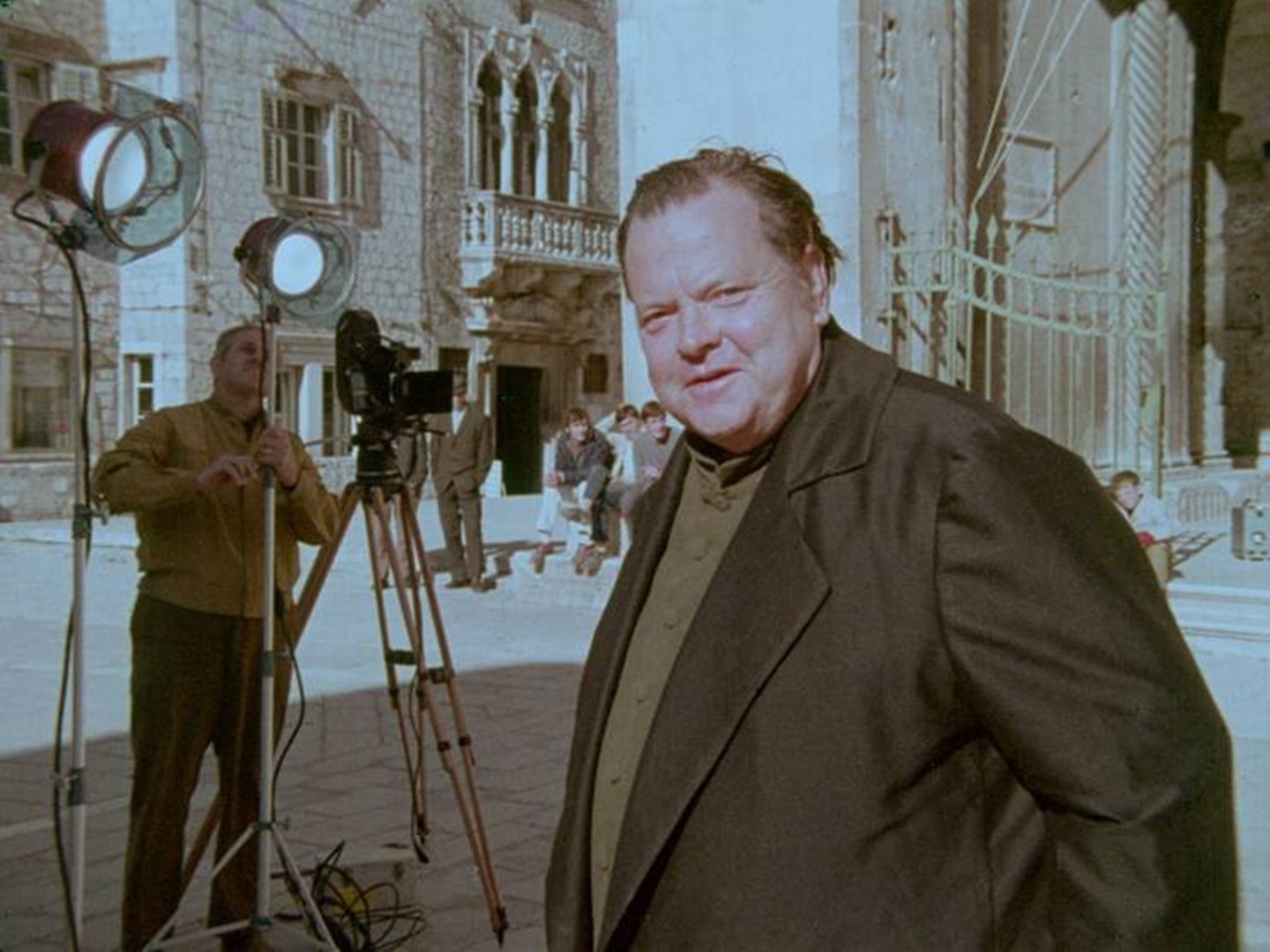Hope has sprung eternal for years about the completion of Orson Welles‘ final film, “The Other Side Of Hope,” and we even once dreamed of a 2015 release date. However, as with all things Welles, rights issues and legal battles have plagued the film, and even when word emerged last spring of Netflix stepping in, it’s not a big surprise it’s taken nearly a year to become official. But, barring the discovery of the original ending to “The Magnificent Ambersons,” this is some of the biggest Welles news, well, ever.
Netflix has announced they’ve picked up the global rights and will finance the completion and restoration of “The Other Side of the Wind.” Featuring a cast that includes John Huston, Peter Bogdanovich, Oja Kodar, Robert Random, Lilli Palmer, Edmond O’Brien, Cameron Mitchell, Mercedes McCambridge, Susan Strasberg, Norman Foster, Paul Stewart and Dennis Hopper, the film is a satire of Hollywood, and focuses on the last days of a legendary film director named Jake Hannaford (played by Huston), who is struggling to forge his last great comeback as a major filmmaker, as he works on his final masterpiece named, you guessed it, “The Other Side of The Wind.”
Welles shot the movie over five years, but never finished it, and while he left behind notes on how he wanted everything cut together, years upon years of legal headaches and battles have continually stymied efforts to complete the movie. Until now.
It still feels too good to be true, and given the way things have gone, I would not be entirely shocked if some other bump in the road happens. But fingers crossed, because this would be a really rare and welcome cinephile treat.






Hopefully,Netflix will widely consider giving this film a much deserved theatrical release(instead of an exclusive VOD run[which Orson Welles would have heavily balked upon]).
Wait, what’s the title again?
No.
You don’t “complete” an Orson Welles film without Orson Welles.
Netflix should offer a documentary “tour” of the film as it stood when Welles stopped working on it, allowing audiences the opportunity to see the full rough cut as well as perspective commentary about the production and any elements of the story that remains unclear in it’s current form. It should not be editorially revised to form a “completed” film. It does not have to be “finished” to have value to those who would care most to see it.
If Netflix absolutely insists on a completed film, they should issue a second, entirely separate version, clearly marked as revised and completed by (noted filmmaker who took on the thankless task of monkeying with Orson Welles last picture). But the work-in-progress documentary should be the primary objective.
The film should be handled the same way one handles archeological discoveries. Preserved, not altered. It should not be gussied up like some theme park attraction.